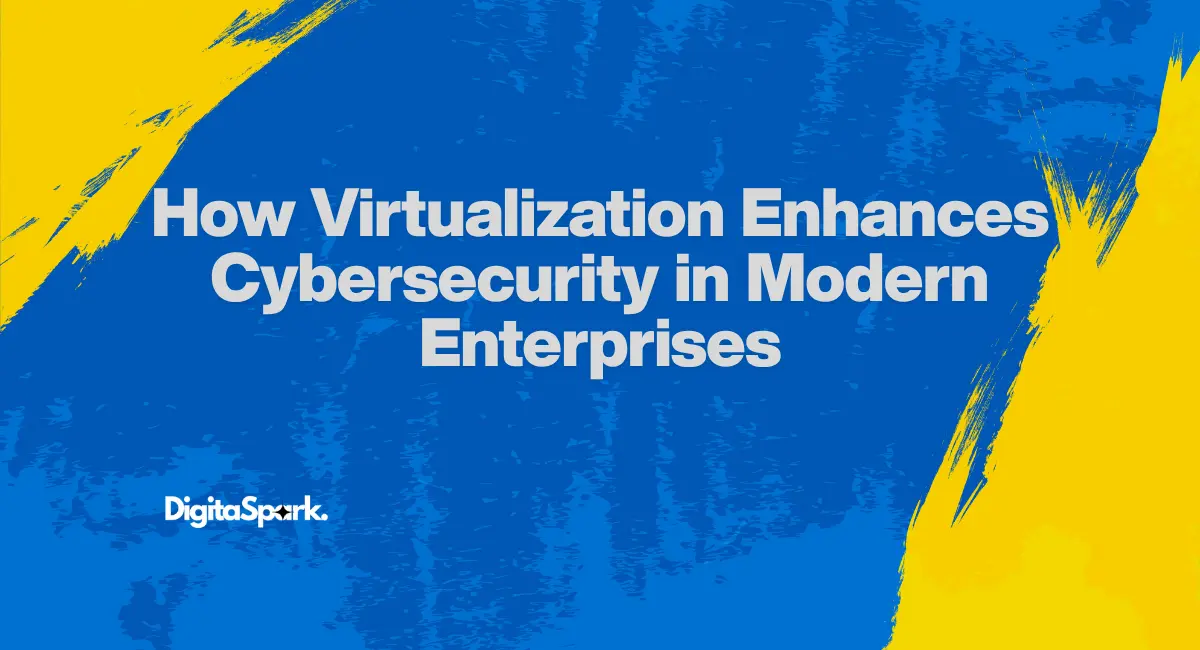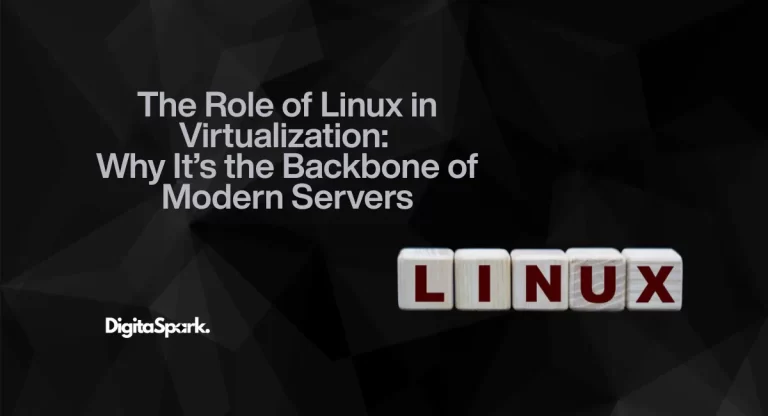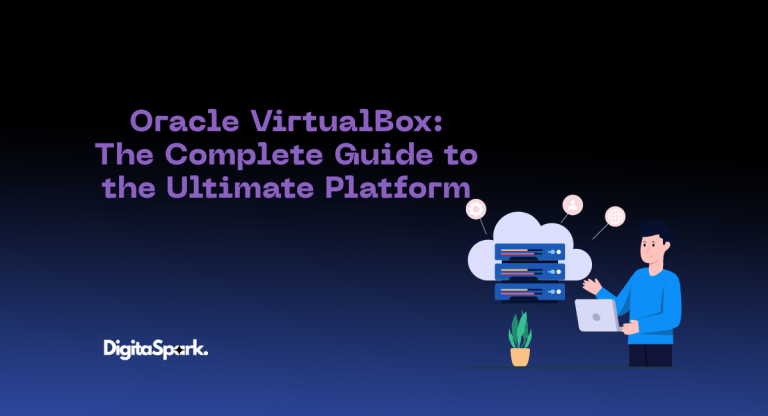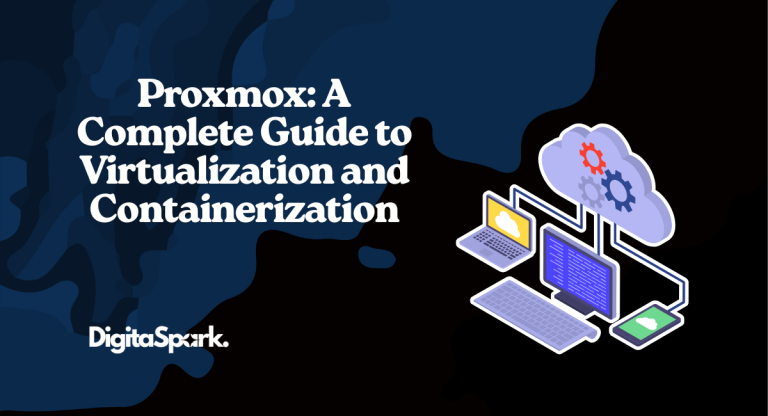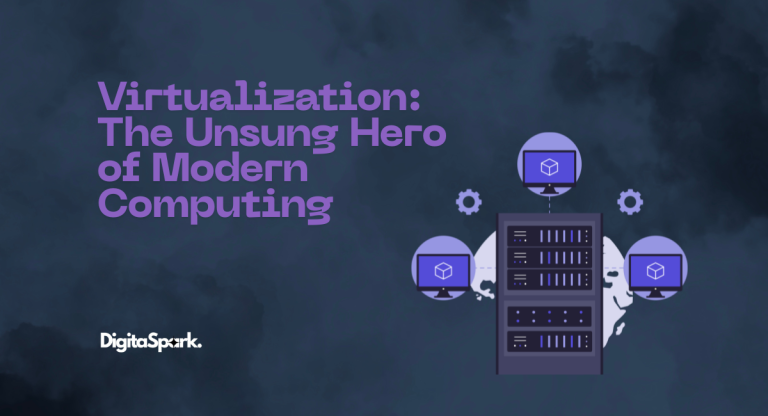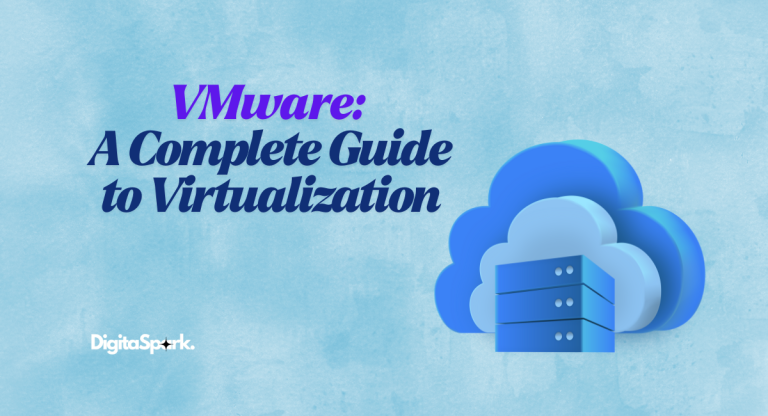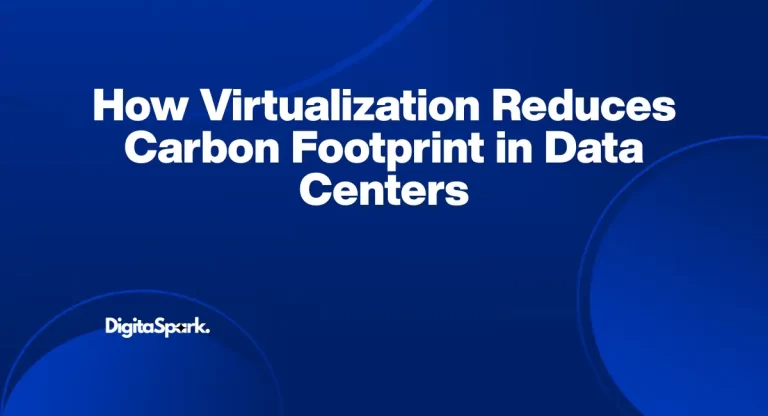How Virtualization Enhances Cybersecurity in Modern Enterprises
You know, cybersecurity wasn’t always this complicated. A decade or two ago, companies just had a few servers, maybe a firewall, and that was considered decent protection. Fast forward to today—everything’s in the cloud, employees work from everywhere, and cyberattacks don’t even need human hands anymore. The landscape changed fast.
And right in the middle of all this, something interesting happened—virtualization quietly evolved from a cost-saving IT tool into one of the most effective cybersecurity enablers modern enterprises have. If you’re unfamiliar with the concept of virtualization, I have written an in-depth blog.
Now, most folks still think of virtualization as just “running multiple systems on one machine.” But if you dig deeper, it’s much more than that. It’s the backbone of cloud security, disaster recovery, and even modern Zero Trust architectures. It gives organizations what every cybersecurity team dreams of—control, isolation, and speed.
The Shift: From Efficiency to Security
Let’s be honest, virtualization wasn’t invented for security. It was all about efficiency—making better use of hardware, cutting costs, and simplifying server management.
But as companies started virtualizing more of their infrastructure, they realized something unexpected: that same technology was making their systems harder to hack.
Think about it. In a traditional setup, one compromised server could take down an entire segment of your network. But in a virtualized environment, every virtual machine (VM) is like its own mini-world. If one gets infected, it’s trapped there—the rest of your network stays untouched.
That’s isolation in action. And isolation is one of the most powerful defense mechanisms in cybersecurity.
Isolation and Sandboxing: Containing the Damage
Here’s where virtualization truly shines. Every VM runs in its own self-contained environment. So even if malware slips into one VM, it can’t just walk across the hall and infect others.
This is basically the sandboxing principle that modern security tools swear by. In a sandboxed virtual environment, you can open suspicious attachments, run unknown code, or test software updates—without risking production systems.
You’d be surprised how many enterprises now rely on virtual labs just for that. Developers and security teams spin up virtual environments, test everything in isolation, and destroy them when they’re done. If something malicious happens? You just delete the VM—no cleanup needed.
That kind of agility makes enterprises both faster and safer.
Snapshots and Rollbacks: Security’s Undo Button
One of my favorite things about virtualization is how forgiving it is. In the old days, if a system broke after an update or patch, you were in for a long night restoring backups.
But with virtualization? You just roll back.
Before applying a patch, admins take a snapshot of the VM—basically a frozen moment in time. If something goes sideways, you hit “revert,” and everything goes back to normal. It’s like an undo button for cybersecurity mistakes.
That might sound small, but it’s a huge deal. It means IT teams are more confident rolling out updates quickly, closing vulnerabilities faster. In cybersecurity, speed matters—attackers love unpatched systems. Virtualization keeps that window of exposure short.
Virtual Networks: Invisible Shields Within the Cloud
Now, let’s talk about something that doesn’t get enough spotlight—virtual networking.
Traditional networks depend heavily on physical routers, firewalls, and cables. Virtual networks, though, are entirely software-defined. You can build them, reshape them, and secure them with just a few clicks.
And here’s where it gets fun—virtual networks enable something called micro-segmentation.
Basically, instead of one big open network, you create smaller zones within it. Each VM, app, or service gets its own security boundary. Even if a hacker breaks into one segment, they can’t freely move around. It’s like building invisible walls between rooms in your data center.
This concept is the backbone of Zero Trust security—never trust, always verify. And virtualization makes it practical.
Incident Response: Recovery in Minutes, Not Hours
Here’s a truth most IT teams know but hate admitting—no matter how tight your defenses are, breaches happen.
The question isn’t if; it’s when.
And when they do, virtualization helps you recover like a champ.
Because your servers, apps, and desktops are all virtualized, you can clone clean instances or restore snapshots within minutes. Compare that to traditional setups where recovery could take hours—sometimes days—and you’ll see why enterprises are leaning so hard into virtualized disaster recovery.
It’s like having a digital twin of your environment ready to take over at a moment’s notice.
Hypervisor Security: The Silent Guardian
At the heart of every virtualized system lies the hypervisor—the software layer that runs and manages all the virtual machines. Think of it like a conductor leading an orchestra, making sure everything runs in harmony.
From a cybersecurity standpoint, the hypervisor is a gatekeeper. It controls what resources each VM can touch, and it enforces strict separation between them.
If malware gets into a VM, it can’t usually break past the hypervisor and attack other systems—unless, of course, there’s a serious vulnerability (which is rare and usually patched fast).
So, while it’s easy to overlook, hypervisor hardening is one of the most critical security practices today. Big enterprises constantly update, monitor, and audit their hypervisors because that’s the foundation of their entire virtual infrastructure.
Virtualization Meets Threat Detection
Here’s something cool that not many people talk about—virtualization actually helps in detecting threats too.
Security teams now run virtual sensors that monitor multiple VMs simultaneously. These sensors look for weird traffic patterns, unauthorized data transfers, or behavior that doesn’t match the norm.
Because these tools live inside the virtual environment, they have better visibility across workloads. Some even use AI-driven analytics to detect threats that would otherwise go unnoticed.
And then there’s deception technology—fake VMs designed to lure in attackers. Once a hacker interacts with one, the system raises the alarm. It’s like setting a trap inside a maze of virtual machines.
Simplified Testing and Compliance
Here’s where virtualization makes cybersecurity teams breathe a little easier—testing and compliance.
In heavily regulated industries (think banking or healthcare), compliance checks can be a nightmare. Virtualization makes it much simpler. You can spin up isolated test environments to audit systems, check configurations, or validate patches—all without touching live servers.
And if auditors need to see your security posture, you can replicate environments on demand. It’s fast, transparent, and safe.
That’s why many compliance frameworks now specifically recommend or rely on virtualized architectures.
Virtualization in Cloud Security
Almost every modern cloud environment—AWS, Azure, Google Cloud—is built on virtualization. It’s the secret ingredient behind multi-tenant security.
When you rent cloud servers, you’re technically sharing the same physical machine with other customers. But thanks to virtualization, your workloads are isolated. One tenant’s misconfiguration or breach can’t spill into another’s environment.
Without virtualization, public clouds simply wouldn’t be secure enough for enterprise use.
That’s why even when companies “move to the cloud,” they’re really just moving to massive virtualized infrastructures managed by providers who’ve taken isolation to the extreme.
Lower Costs, Higher Security
This might sound contradictory, but virtualization often boosts security while lowering costs.
You don’t need to buy extra physical hardware for backups or testing—you can just clone virtual instances. You can segment your network in software instead of adding more firewalls. You can test risky updates in isolated VMs instead of dedicating entire machines.
That flexibility means you’re not only saving money but also reducing your attack surface. Smaller footprint, fewer entry points—that’s a win-win in cybersecurity.
Virtualization and Zero Trust: The Perfect Pair
“Zero Trust” has become a buzzword, but it’s actually a solid principle—never assume trust, even within your network.
Virtualization fits beautifully into this philosophy. With granular control over VMs, virtual networks, and user access, you can enforce Zero Trust policies at every layer. Each connection, each process, and each data exchange can be verified and logged.
This isn’t some far-off dream—it’s happening right now in modern enterprises. Virtualization platforms like VMware and Hyper-V already include features designed for Zero Trust integration.
It’s the kind of synergy that turns security from a reactive chore into a proactive strategy.
The Human Factor
Now, here’s something worth remembering—no matter how advanced virtualization gets, security still depends on people.
Misconfigurations, weak admin passwords, or forgetting to update hypervisors can undo all that isolation magic. So while virtualization provides the tools, it’s up to IT teams to use them correctly.
That’s why training and awareness are just as important as the technology itself. Virtualization gives you a safer playground, but you still need smart players.
Wrapping It Up
At the end of the day, virtualization and cybersecurity are like old friends who found new purpose together. What started as a way to save money on hardware has evolved into one of the strongest shields in enterprise defense.
From isolation and sandboxing to faster recovery, smarter detection, and cloud-grade protection—virtualization brings structure and resilience to a chaotic security landscape.
So, whether you’re running a startup or managing an enterprise data center, take another look at your virtualization stack. There’s a good chance it’s doing a lot more for your security than you realize.
If you’re interested in diving a bit deeper into how modern virtualization platforms are reshaping enterprise security, I highly recommend checking out this detailed read from VMware: Security that’s Designed for the Modern Data Center. It offers a closer look at how virtualization-first strategies are helping organizations protect workloads at every layer — from the data center to the cloud.

